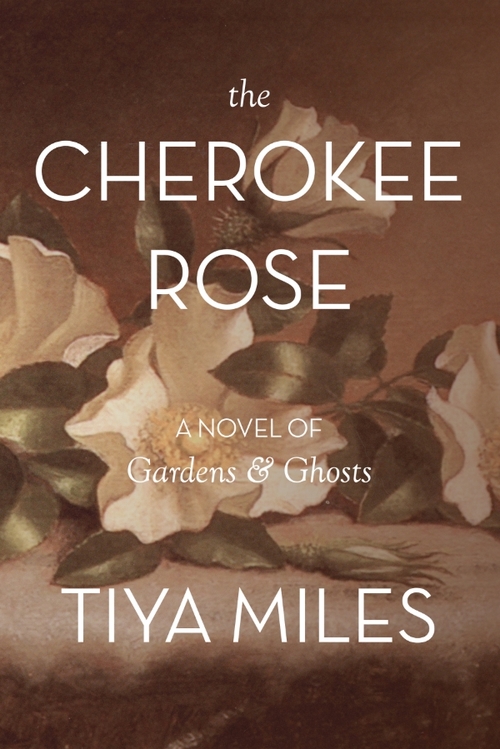The Complicated History Behind Beyoncé’s Discovery About the ‘Love’ Between Her Slave-Owning and Enslaved AncestorsPosted in Articles, History, Media Archive, Slavery, United States on 2018-08-13 23:30Z by Steven |
TIME
2018-08-10
 The Life of Sally Hemings exhibit at Monticello is pictured on June 16, 2018 in Charlottesville, Va. (Photo by /For The Washington Post via Getty Images) Eze Amos—The Washington Post/Getty Images |
With Beyoncé’s appearance on the cover of the September issue of Vogue, the magazine highlights three facets of the superstar’s character for particular focus: “Her Life, Her Body, Her Heritage.” The words she shares are deeply personal, and that last component also offers a window into a complicated and misunderstood dynamic that affects all of American history. While opening up about her family’s long history of dysfunctional marital relationships, she hints at an antebellum relationship that defies that trend: “I researched my ancestry recently,” she stated, “and learned that I come from a slave owner who fell in love with and married a slave.”
She doesn’t elaborate on how she made the discovery or what is known about those individuals, but fans will know that Beyoncé Knowles-Carter is a native of Houston whose maternal and paternal forbears hailed from Louisiana and Alabama, respectively. Her characterization of her heritage stands out because those states, like others across the South, had stringent laws and penalties against interracial marriage. In fact, throughout the colonial and antebellum eras, interracial marriage would have been the exception — even though interracial sex was the rule…
Read the entire article here.



